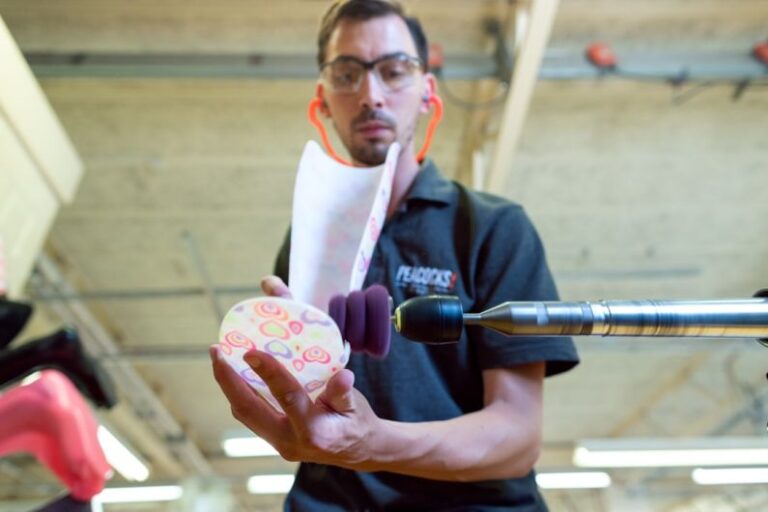Effective Management of Spare Parts Inventory for Tube Facilities
Spare parts inventory management is a critical aspect of running a tube facility efficiently. Proper management of spare parts inventory can significantly impact the facility’s operational costs, downtime, and overall performance. In this article, we will delve into effective strategies for managing spare parts inventory in tube facilities to ensure smooth operations and optimal performance.
Importance of Spare Parts Inventory Management
In tube facilities, the availability of spare parts is crucial for ensuring uninterrupted operations. A breakdown in equipment can lead to costly downtime and production delays. By maintaining an adequate inventory of essential spare parts, tube facilities can minimize downtime and quickly address any equipment failures, thereby maximizing productivity and efficiency.
Categorizing Spare Parts
One of the key strategies for effective spare parts inventory management is categorizing spare parts based on criticality and usage frequency. By categorizing spare parts into critical, essential, and non-essential categories, tube facilities can prioritize their inventory management efforts. Critical spare parts, which are essential for the facility’s operation and have a high risk of failure, should be given the highest priority in terms of inventory levels and maintenance.
Forecasting Spare Parts Demand
Accurate forecasting of spare parts demand is essential for maintaining optimal inventory levels. By analyzing historical data, equipment reliability, and maintenance schedules, tube facilities can predict the demand for spare parts and ensure that they have the necessary inventory on hand. Implementing a robust forecasting system can help prevent stockouts and reduce excess inventory, leading to cost savings and improved operational efficiency.
Supplier Management
Effective supplier management is another critical aspect of spare parts inventory management. Tube facilities should establish strong relationships with reliable suppliers to ensure timely delivery of spare parts. Negotiating favorable terms, such as lead times, pricing, and quality standards, can help streamline the procurement process and reduce the risk of stockouts. Regular communication with suppliers and monitoring their performance can also help identify any issues early on and take corrective actions to prevent disruptions in the supply chain.
Inventory Tracking and Monitoring
Implementing an efficient inventory tracking and monitoring system is essential for managing spare parts inventory effectively. By using inventory management software or tools, tube facilities can track stock levels, monitor usage patterns, and generate reports to identify trends and make informed decisions. Real-time visibility into inventory levels can help prevent stockouts, streamline reordering processes, and optimize inventory levels to reduce carrying costs.
Just-in-Time Inventory Management
Adopting a just-in-time (JIT) inventory management approach can help tube facilities minimize inventory holding costs and improve resource utilization. By strategically aligning spare parts inventory levels with actual demand, JIT can help reduce excess inventory, free up working capital, and enhance operational efficiency. However, it is essential to balance the benefits of JIT with the risks of potential stockouts and ensure that critical spare parts are always available when needed.
Continuous Improvement and Optimization
Effective spare parts inventory management is an ongoing process that requires continuous improvement and optimization. Tube facilities should regularly review their inventory management practices, analyze performance metrics, and identify areas for improvement. By implementing feedback mechanisms, conducting regular audits, and seeking input from staff members, facilities can identify opportunities to enhance their spare parts inventory management processes and drive operational excellence.
In conclusion, effective management of spare parts inventory is essential for ensuring the smooth operation of tube facilities. By implementing strategies such as categorizing spare parts, forecasting demand, managing suppliers, tracking inventory, adopting JIT practices, and continuously improving processes, facilities can optimize their inventory levels, reduce costs, and enhance operational efficiency. By prioritizing spare parts inventory management, tube facilities can minimize downtime, improve reliability, and ultimately achieve their production goals.






